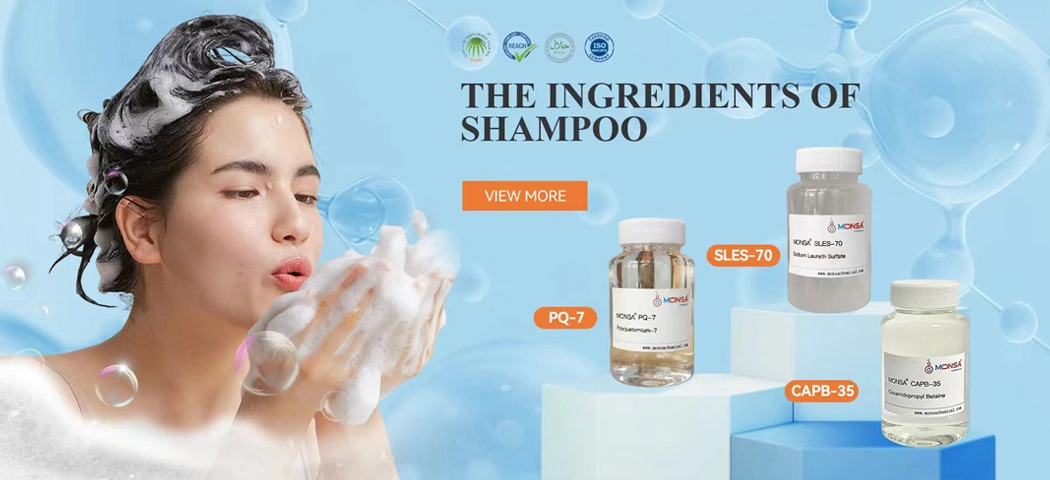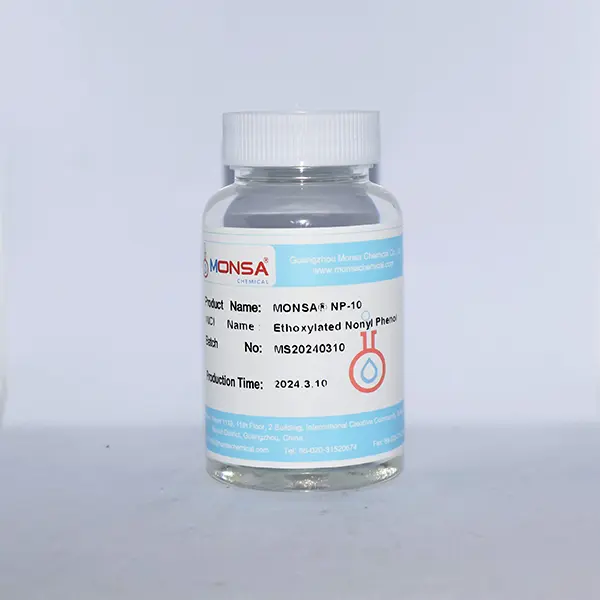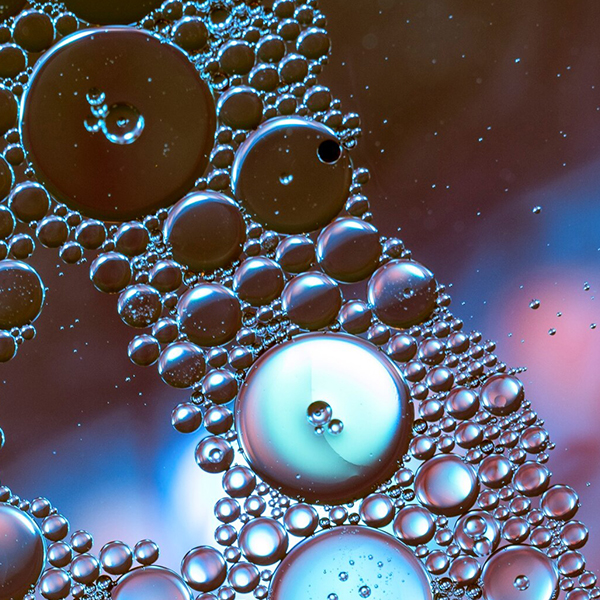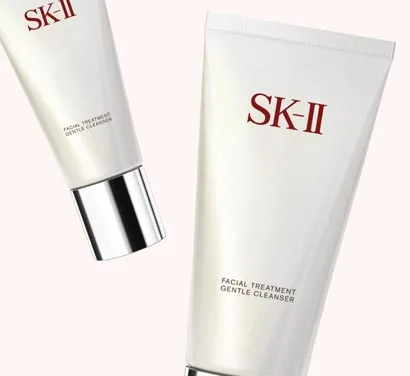1,4 dioxane incidents are frequent PR incidents. Whenever a big cosmetics group’s products have an accident, and then labeled with the word carcinogenic, it can always stir the delicate nerves of consumers. While there’s nothing new under the sun, every few years, there are reports of cancer-causing 1,4 dioxane found in shampoos, laundry detergents, and other detergents.
However, does it really cause cancer?
What is 1,4 Dioxane? What does it have to do with SLES?
1,4 Dioxane is a minor byproduct of the manufacture of sodium lauryl ether sulphate (SLES), a surfactant found in many home care, personal care, and cosmetic products, as well as to a smaller level in fatty alcohol and fatty acid ethoxylate surfactants.
According to the New York State Department of Environmental Conservation, 1,4-dioxane is “typically formed as a contaminant during the manufacturing process of products such as detergents and shampoos.”
Based on animal studies, the US Environmental Protection Agency (EPA) lists it as a ‘likely human carcinogen.’ According to a report from the United States Department of Health and Human Services’ National Toxicology Programme, 1,4-dioxane is “reasonably anticipated to be a human carcinogen based on sufficient evidence of carcinogenicity from studies in experimental animals.”
As a result, SLS and SLES are not carcinogens; however, 1,4 dioxane is carcinogenic and may be created during the SLES production process.
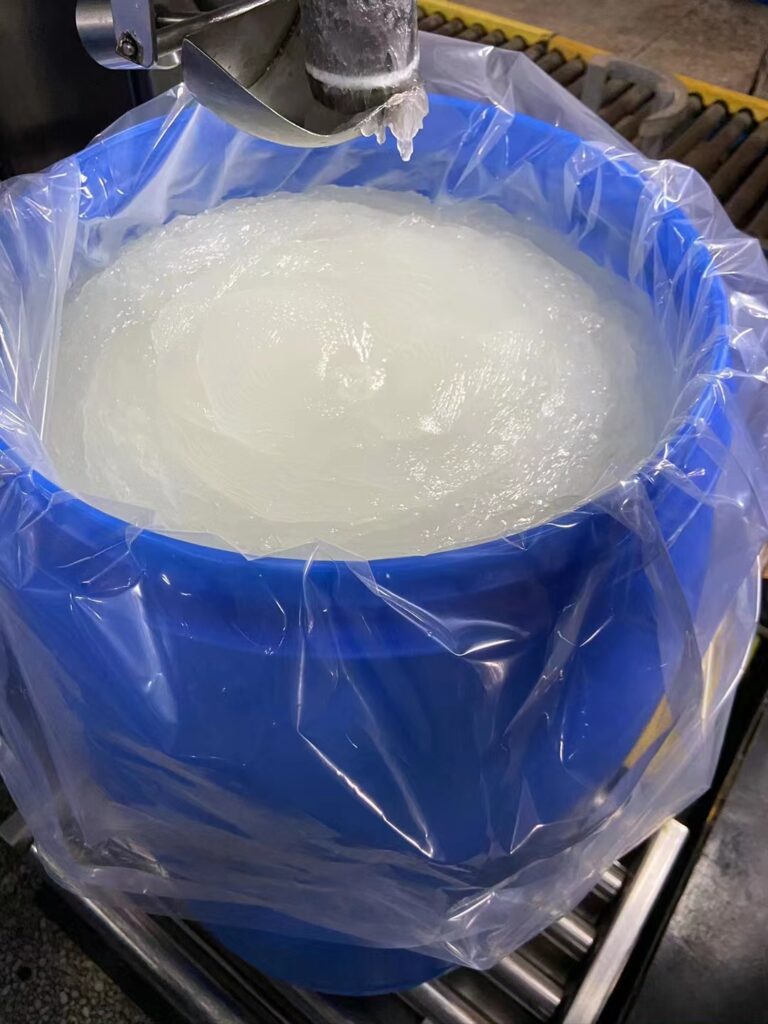
How much harm will it take? Does it really cause cancer?
Regardless of the dose to talk about the harm is nonsense.
Since World War II, SLES and its byproduct 1,4 dioxane have been widely researched as a raw material in usage. In 2022, the US EPA issued a Final Risk Evaluation for 14-dioxane. Although 14-dioxane posed a potential health danger to workers involved in the creation of 1.4-dioxane, its presence in commercial products did not “present an unreasonable health risk.” Health Canada has determined that the presence of trace levels of 1,4 dioxane in cosmetic goods poses no health risk to consumers, including children.
Although the 1,4 dioxane in SLES is carcinogenic, and SLES is used in a variety of personal care, household cleaning, and makeup products, there is no compelling evidence that the very low amounts of 1,4 dioxane present are detrimental to users. With 1,4-dioxane certified at less than 5 PPM, the amount of SLES 1,4-dioxane in a 4 oz shampoo bar measures less than 14 parts per billion – many thousands of times lower than the level that could pose a risk to human health.
So, to summarise the carcinogenic concern of 1,4 dioxane in one line, it makes no sense to talk about the danger regardless of the dose.
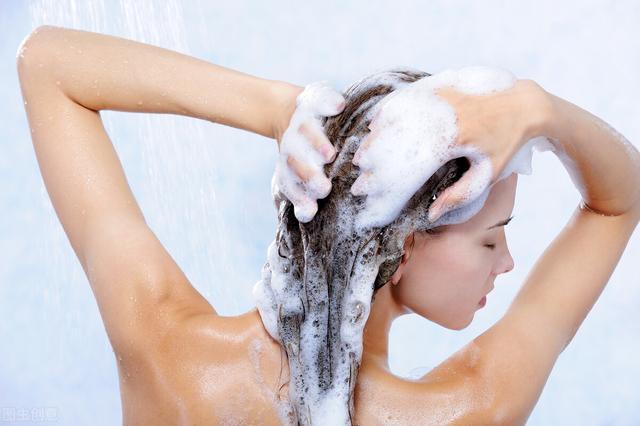
What measures have governments taken to limit its content in personal care products?
According to the Australian National Occupational Health and Safety Commission, the optimal level of 1,4 dioxane in consumer goods is 30ppm, while the highest limit of acceptable toxicity is 100ppm.
The New York Legislature amended Environmental Conservation Law (ECL) Articles 35 and 37 on January 1, 2022, to limit the quantity of 14-dioxane that can be included in household cleansing, personal care, and cosmetic goods sold or offered for sale in New York State. For household cleansing and personal care products, the maximum permissible concentration of 1,4-dioxane is 2ppm (effective December 31, 2022; 1ppm after December 31, 2023), while for cosmetics, it is 10ppm.
What level of SLES can be supplied by Monsa?
After 2012, the concentration of 1,4 dioxane in cosmetics in China was reduced to 30ppm, significantly less than the toxicologically safe upper limit of 100ppm under typical use settings. Monsa can also supply SLES with only 5 ppm 1,4 dioxane to suit the need for high quality SLES with less 1,4 dioxane.
It should be emphasised that 1,4 dioxane is not the only measure of SLES quality. Other factors to examine include the number of unsulfonated chemicals and the level of irritation in the product.
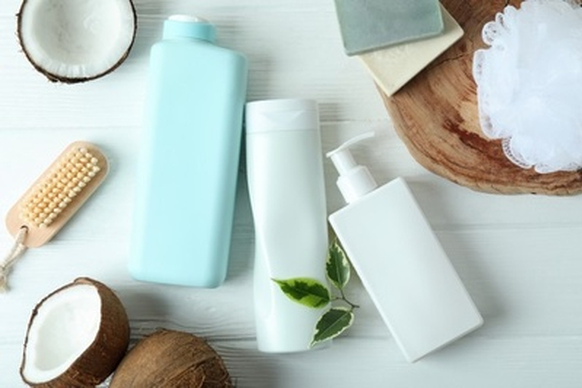
In conclusion, 1,4 dioxane is not an ingredient added by a company on purpose, but a material that is bound to remain in raw materials such as SLES, which is unavoidable. And it’s not just in SLES, it’s actually found in very small amounts whenever it’s ethoxylated, and it’s found in some skin care ingredients.
From the point of view of risk assessment, as a residual substance, there is no need to pursue absolute 0 content, and “not detected” does not mean the content is 0. So, it’s nonsense to talk about harm without dose. The safety of 1,4 dioxane has been studied for many years, and the relevant safety and recommended standards have been established. Residues of less than 100ppm are considered safe. Therefore, there is no need to worry about cancer.
Click to know more about Monsa SLES 70, SLES paste 70.

